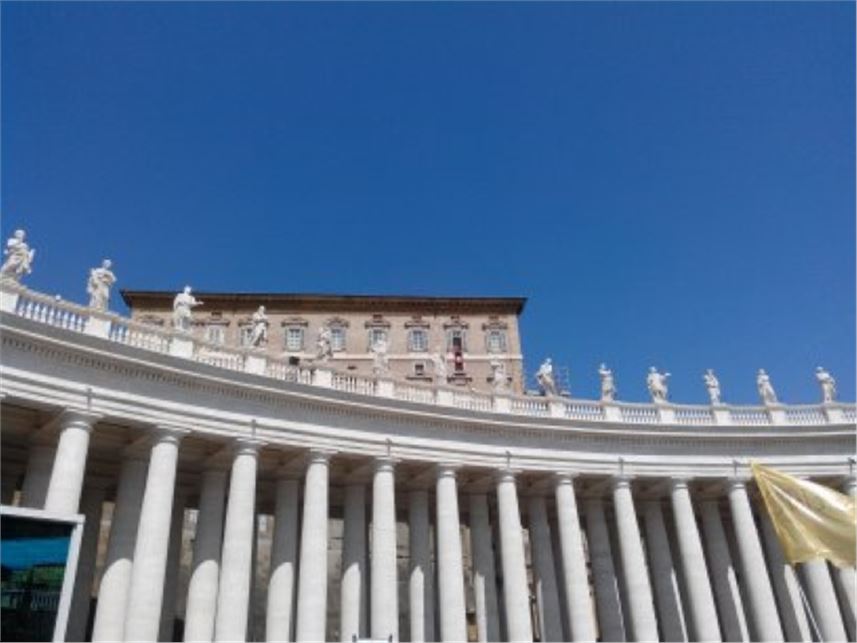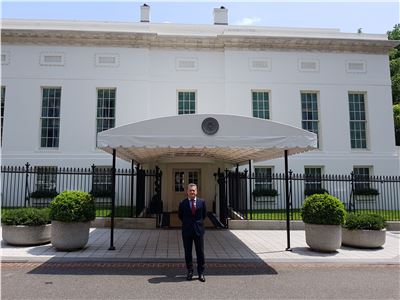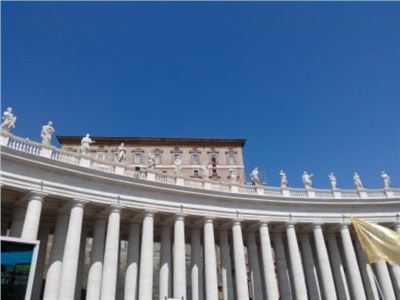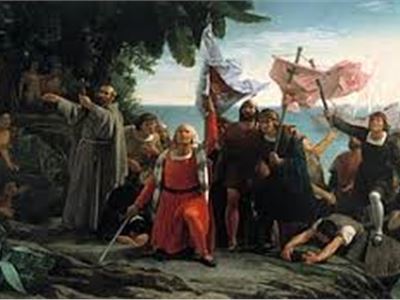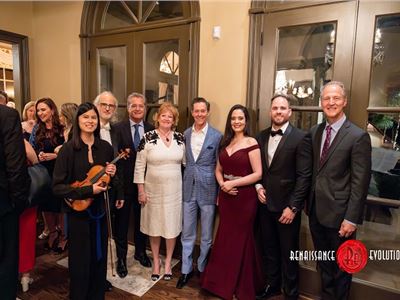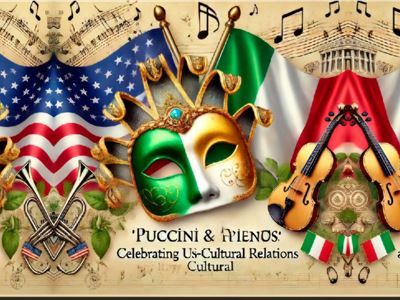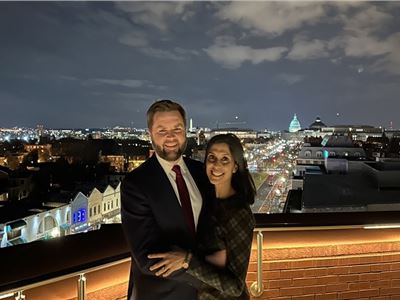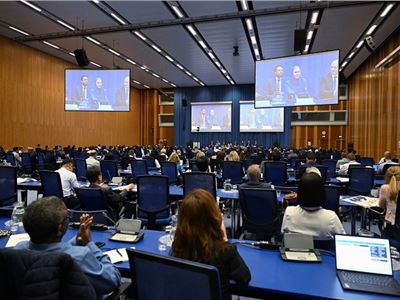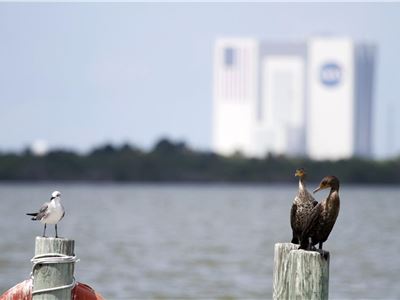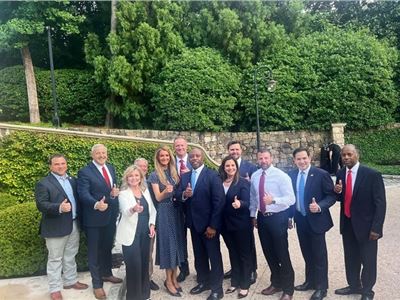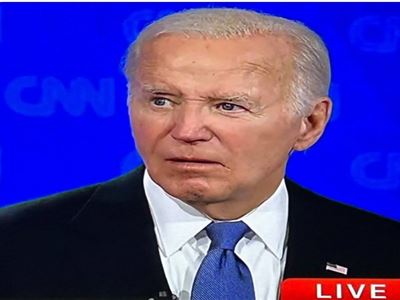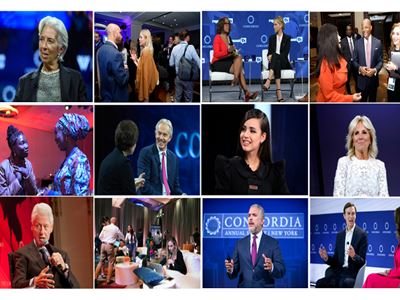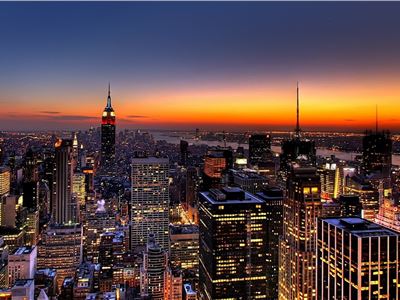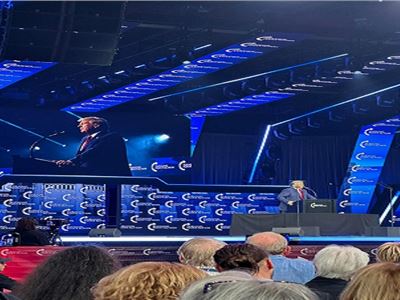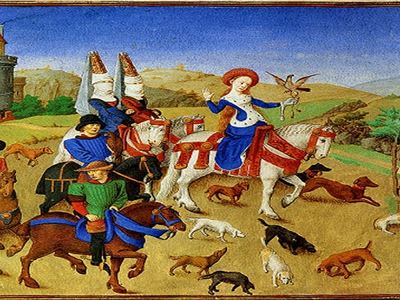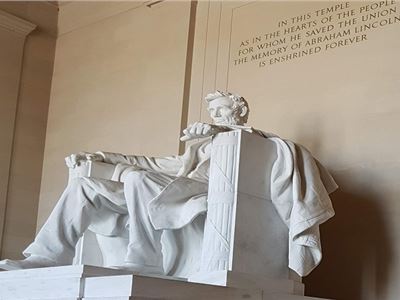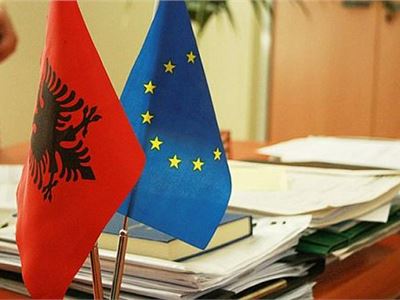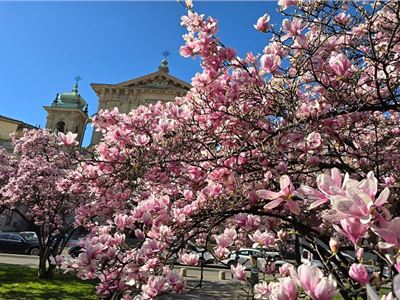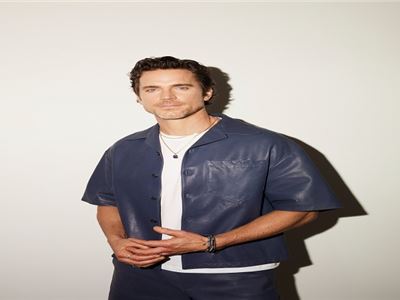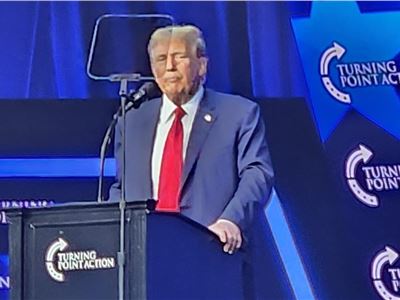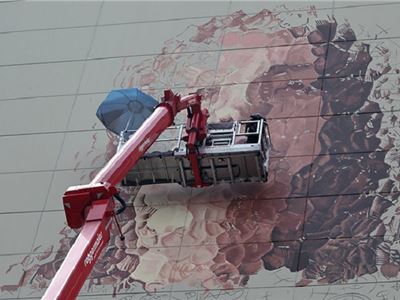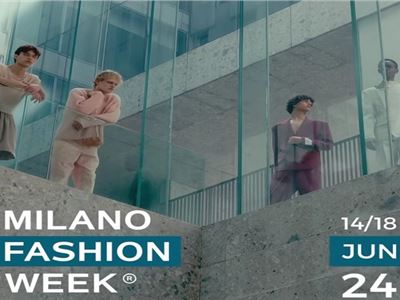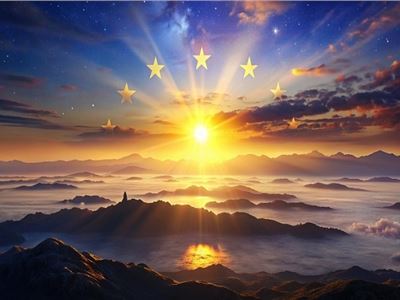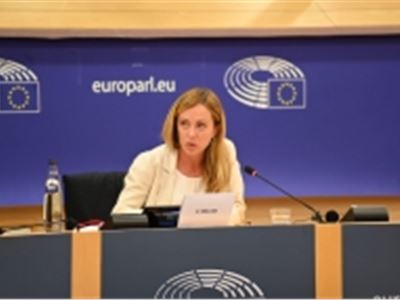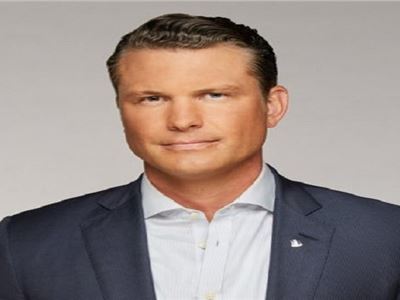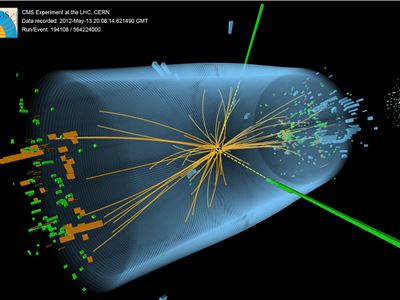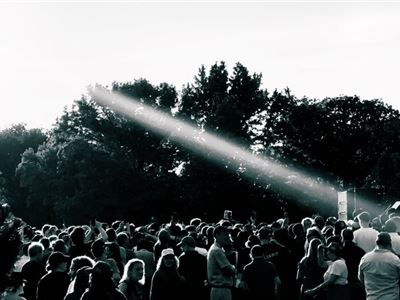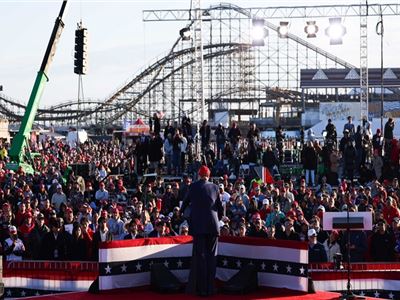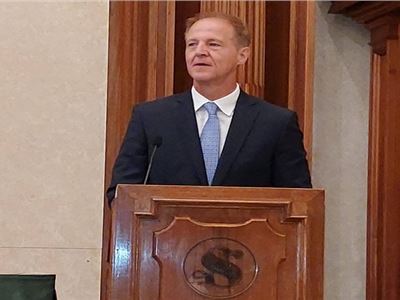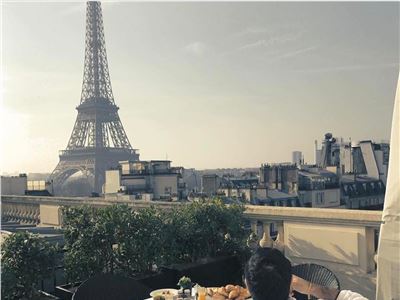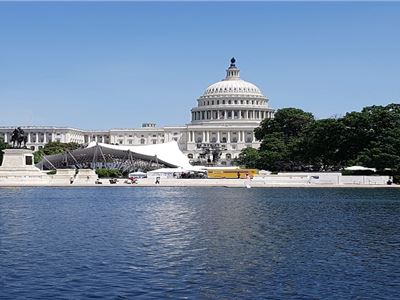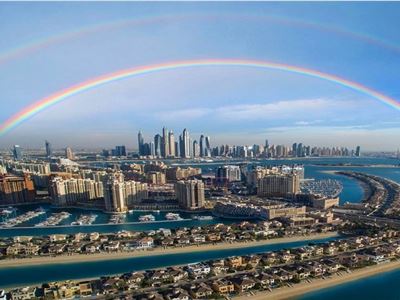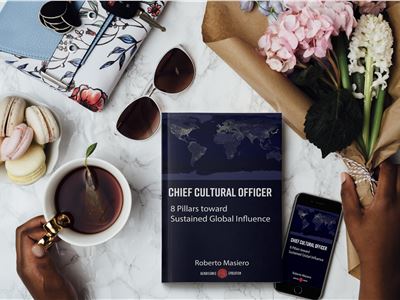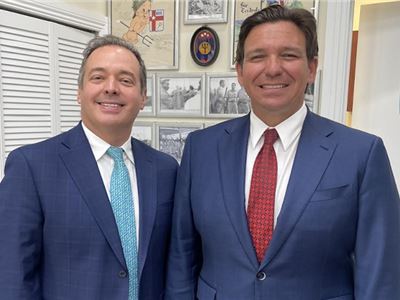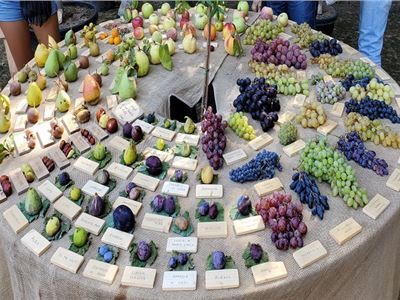Vatican City February 18, 2025 – In a historic moment for the Catholic Church, Pope Francis, the 266th pontiff, and the first Jesuit pope, passed away at 88. His nearly twelve-year reign was marked by a deep commitment to social justice, dialogue with the modern world, and a progressive stance on issues that divided traditional Catholics. As tributes pour in from global leaders and the faithful, the Vatican enters a solemn mourning and transition period.
Born Jorge Mario Bergoglio in Buenos Aires, Argentina, Pope Francis was elected in 2013 following the resignation of Pope Benedict XVI. His papacy was characterized by an emphasis on humility, outreach to marginalized communities, and controversial reforms that sought to modernize the Church’s role in society. His tenure saw a decline in traditionalist influence, a struggle to reconcile doctrine with contemporary social challenges, and an openness that, for many, redefined the nature of Catholic leadership.
With his passing, the Catholic Church stands at a crossroads. Will his legacy of change endure, or will the conclave elect a successor who restores a more traditional approach? The coming days will be crucial in shaping the future of the world’s largest Christian denomination.
An Age of Distance: The First Pope So Far from the Beauty of Art, Literature, and Culture
Pope Francis' passing marks the end of an era—an era defined not by the splendor of the Catholic Church’s artistic and intellectual heritage, but by its increasing detachment from them. In contrast to past pontiffs who championed the beauty of Renaissance art, the grandeur of Baroque architecture, and the intellectual rigor of Catholic philosophy, Francis’ leadership often seemed distant from the Church’s once-great cultural legacy.
The Renaissance popes, though flawed in their political ambitions, understood the power of beauty. They commissioned Michelangelo to paint the Sistine Chapel, Raphael to craft divine images of the human spirit, and Bernini to sculpt the majesty of faith into stone. They understood that art and culture were more than embellishments—they were the very essence of Catholic evangelization, an expression of the divine that transcended doctrine and politics.
But under Pope Francis, the Vatican’s embrace of art, literature, and cultural patronage faded. Instead of investing in the aesthetic and intellectual richness that once defined the Church, his focus was on social causes, economic reforms, and political activism. While such priorities resonated with the modern world, they left behind the Church’s traditional role as a beacon of artistic and intellectual brilliance. The Vatican was no longer the heart of Christendom’s cultural and philosophical leadership but a battleground of ideological struggles and pragmatic reforms.
However, history is cyclical. Just as the Catholic Church once emerged from crises and corruption to usher in the artistic explosion of the Renaissance, so too does its future hold the promise of renewal. A new era could bring a leader who understands that faith is not only a moral compass but also a source of beauty, intellect, and cultural inspiration. A pope who once again sees art as the language of the divine, literature as the voice of faith, and architecture as a testament to eternity.
The passing of Pope Francis may mark the close of a chapter that distanced the Church from its aesthetic and intellectual roots, but it also opens the door for a revival. In an age where beauty is often sacrificed for utility, where tradition is set aside for the urgency of politics, the Catholic Church has the opportunity to rediscover its role as a patron of the highest human aspirations.
As the world watches the conclave convenes in the Sistine Chapel—beneath Michelangelo’s fresco of divine judgment—one can only hope that the next pope will not only lead but inspire, not only reform but restore. The Catholic Church is at a turning point. Whether it will once again embrace its artistic and intellectual soul remains to be seen.
- Tags:
- Categories: Religion


